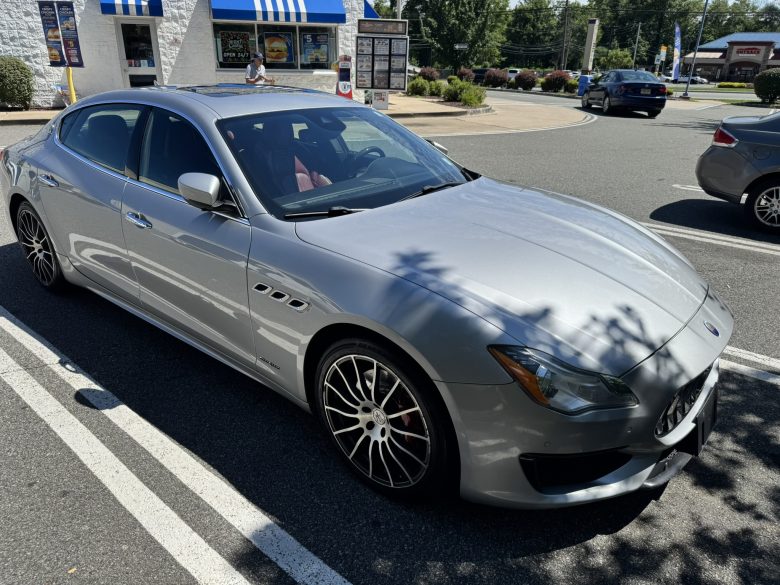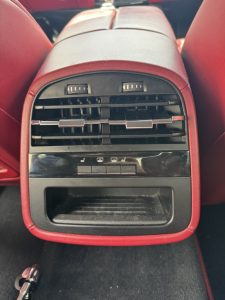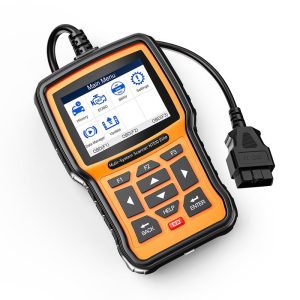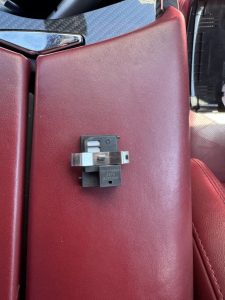Why I Ditched My Lincoln for Something Bolder
I’ve had the same 2017 Lincoln MKZ for six years now. I don’t flip cars all that often, but I was starting to get bored with it. Working remotely means I don’t rack up the miles like I used to, and I realized my usual advice to my kids—”your commuter must be reliable, your project car needs to be a second vehicle”—didn’t really apply anymore. I wasn’t wrong about that philosophy. It’s just that I have backups and simply don’t drive much these days.
My Must-Haves for the Next Ride
As I mulled this over, I had a few key requirements in mind:
- My 6’5″ son needs to be comfortable in the back seat.
- It has to be interesting—no bland daily driver.
- I’m fine working on it myself, since I’ve got a lift in my garage, but parts need to be available.
- Ideally, it should be comfortable and fun to drive.
- I don’t want an old car with old-car problems; something more modern with contemporary conveniences would be great.
- Winters here in Utah are tough, so AWD is non-negotiable.
- My Lincoln is worth about $10,000, and I’d like to stay close to that budget.
The Bentley Tease
I toyed with the idea of a cheap Bentley—it seemed intriguing and luxurious. But even the worn-out ones were pushing $20,000. Not something I wanted to tackle right now. Maybe down the road, but not today.
Chasing the VW Phaeton Dream
Next, I looked into the VW Phaeton, which has always been on my bucket list. It’s a high-end Volkswagen sedan with a massive engine, disguised as something ordinary like a Passat—talk about stealth wealth. It even has air-conditioned rear seats. There were plenty of V8 options that could fit my needs, but I really wanted the W12. I spotted one on eBay for just under $7,000 and dove in. It had some bad paint, non-original wheels, and a few other quirks. Nothing seemed insurmountable. My family has always had VW/Audi Group cars around, so wrenching on it would feel like second nature.
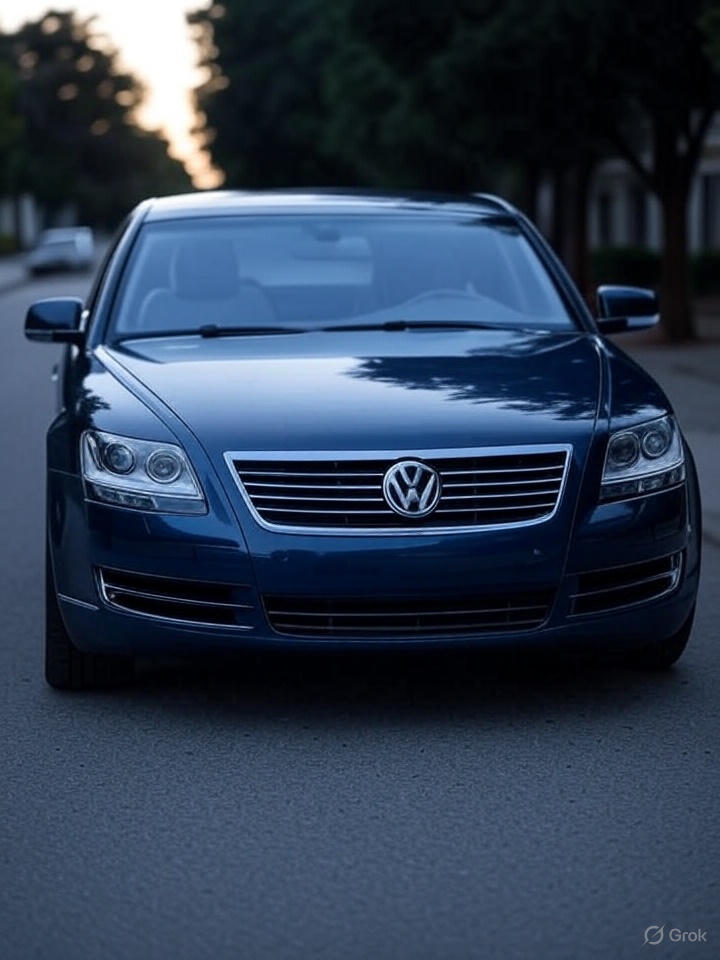
Then I noticed some missing exterior trim pieces at the bottom of three doors and started pricing them out. That was eye-opening. They’re basically unobtainium—impossible to find. When used ones popped up, the prices were astronomical. Digging deeper, I learned only about 500 W12 Phaetons were imported to the US between 2004 and 2006. If you’re going for one, it better be a cherry example, or you’re in for trouble. Good ones were over $20,000—for a 20-year-old car. That killed the Phaeton idea for me. It just didn’t make sense anymore.
Landing on the Maserati Quattroporte
Back to the drawing board, I revisited my list and turned to Maseratis. Ghiblis are plentiful under $10,000, but I wanted something roomier. The Quattroporte hit the sweet spot. Most are in the $20,000–$30,000 range, but a few dip into the low teens, mainly 2014–2015 models with 50,000 to 100,000 miles. I could live with that. If it was in good shape, the mileage didn’t faze me. I could rebuild or even swap the engine if needed.
Then I found it: a 2017 Quattroporte S Q4 GranSport for about $13,600. A bit over my ideal budget, but it was in fantastic condition with the refreshed facelift, making it nearly identical to models sold through 2023. The interior looked pristine, and there almost no dents or dings on the outside. The CarFax was clean, showing regular services at proper intervals. The catch? 152,000 miles.
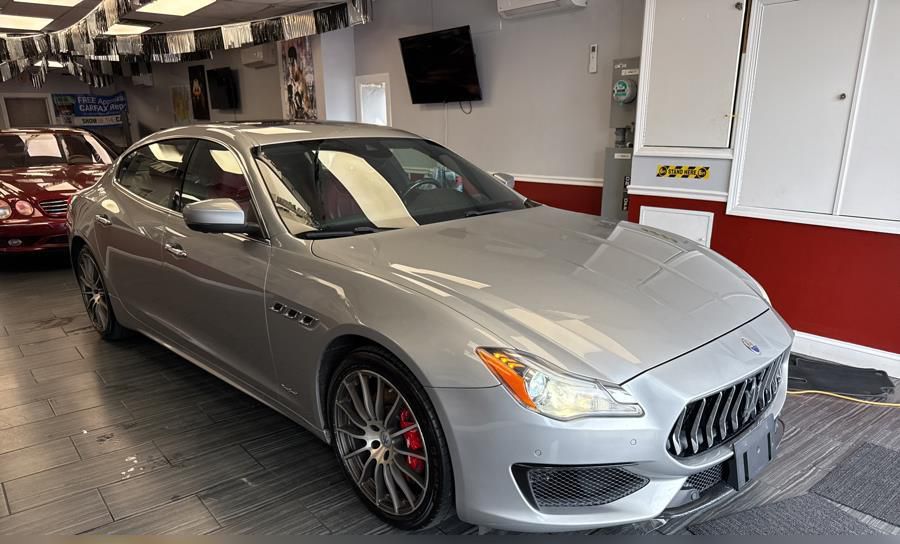
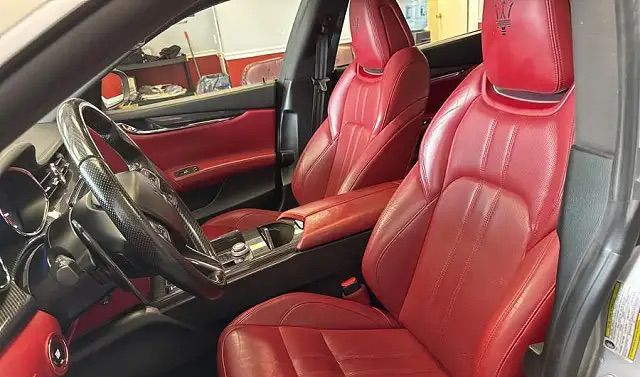
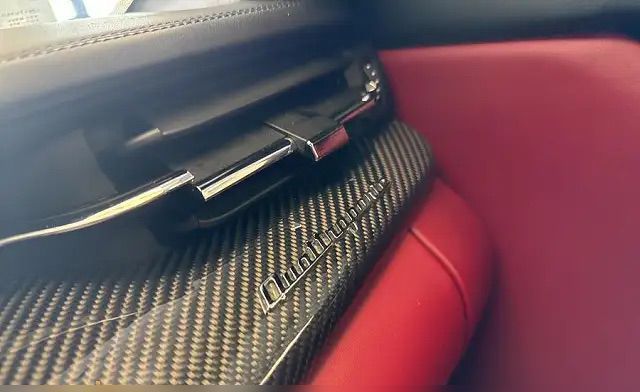
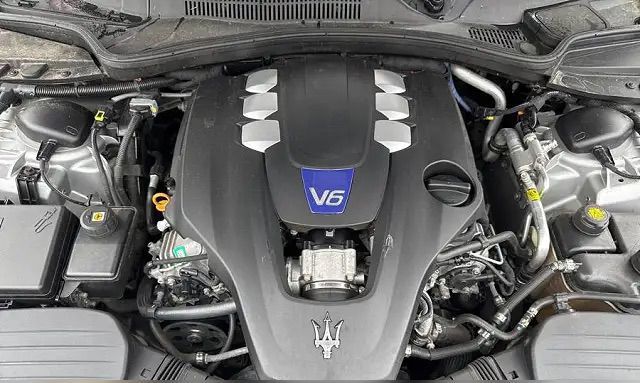
That’s wild mileage for a Maserati. No way I could justify it… or could I?
Digging into the Risks and Rewards
As I researched, I found that while Maserati-branded parts are pricey, aftermarket options are surprisingly reasonable and often OEM quality. Some failures could be catastrophic, but others were downright affordable. The real killer is labor costs at dealerships, so doing it myself could make this viable.
My biggest worry was the timing chain, a critical engine part that can be expensive to replace if it stretches. Is it a common issue, and how bad is the job? It’s an engine-out service—ouch. But in every case I’d read about, there were warning signs like error codes. It doesn’t fail without symptoms. The guides seem no worse than other brands. At 152,000 miles, this was uncharted territory for these cars, but it started to feel doable.
I watched an 8- or 9-part YouTube series from a guy in Europe who bought one with nearly 190,000 miles, and it almost scared me off: High-Mileage Maserati Nightmare. He had issue after issue—fix one thing, and the next would break. It looked like a total nightmare.
But then I thought about it: He was pushing it to 160 mph on Germany’s Autobahn. At those extremes, stuff is bound to fail. Drive sensibly, and it might hold up fine. The transmission is a ZF 8HP-70—nearly bulletproof and widely available. If everything checked out, I figured it was worth the gamble. Worst case, I could snag a wrecked Ghibli for parts—an engine, drivetrain, wheels, and more—for less than buying the motor alone. I’d have a safety net if things went south.
Pulling the Trigger
I contacted the dealership in Brooklyn. I’ll keep them nameless here—the sales team was great and prepped it well, but they added $1,200 in fees. Fine, whatever. I locked it down but sent Lemon Squad for an inspection first. I’ll save the full story for another post, but let’s just say I’ll probably never buy a used car without them again.
Everything checked out, so I pulled the trigger.
The Ultimate Shakedown: Driving It Home
Now the choice: Ship it to Utah or fly out and drive it back? A 152,000-mile Maserati on a cross-country shakedown? What better way to test a grand tourer?
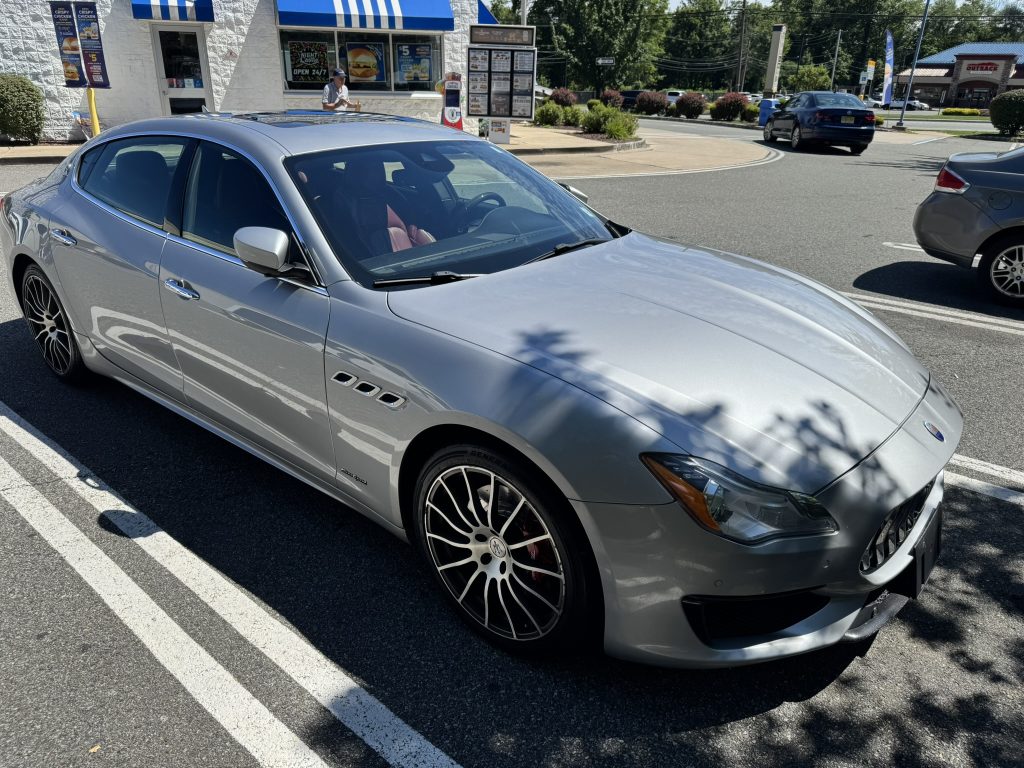
My wife and I flew out, picked it up, and 2,500 miles later, I’m loving it. The red leather and carbon fiber interior is stunning. It drives beautifully and pulls hard—it just feels special behind the wheel.
Wrapping It Up: No Regrets (So Far)
All in all, I think I came out ahead. I’ve already tackled some small quirks: the faded, cracked puddle lights were an easy swap, and the missing chrome bit on the rear vent wasn’t too bad. Fluids, filters, and belts are on the way for a full service, and I’ll check everything top to bottom. For now, nothing has me seriously worried.
For a Maserati with 155,000 miles? That’s pretty shocking—but I’ll take it.

